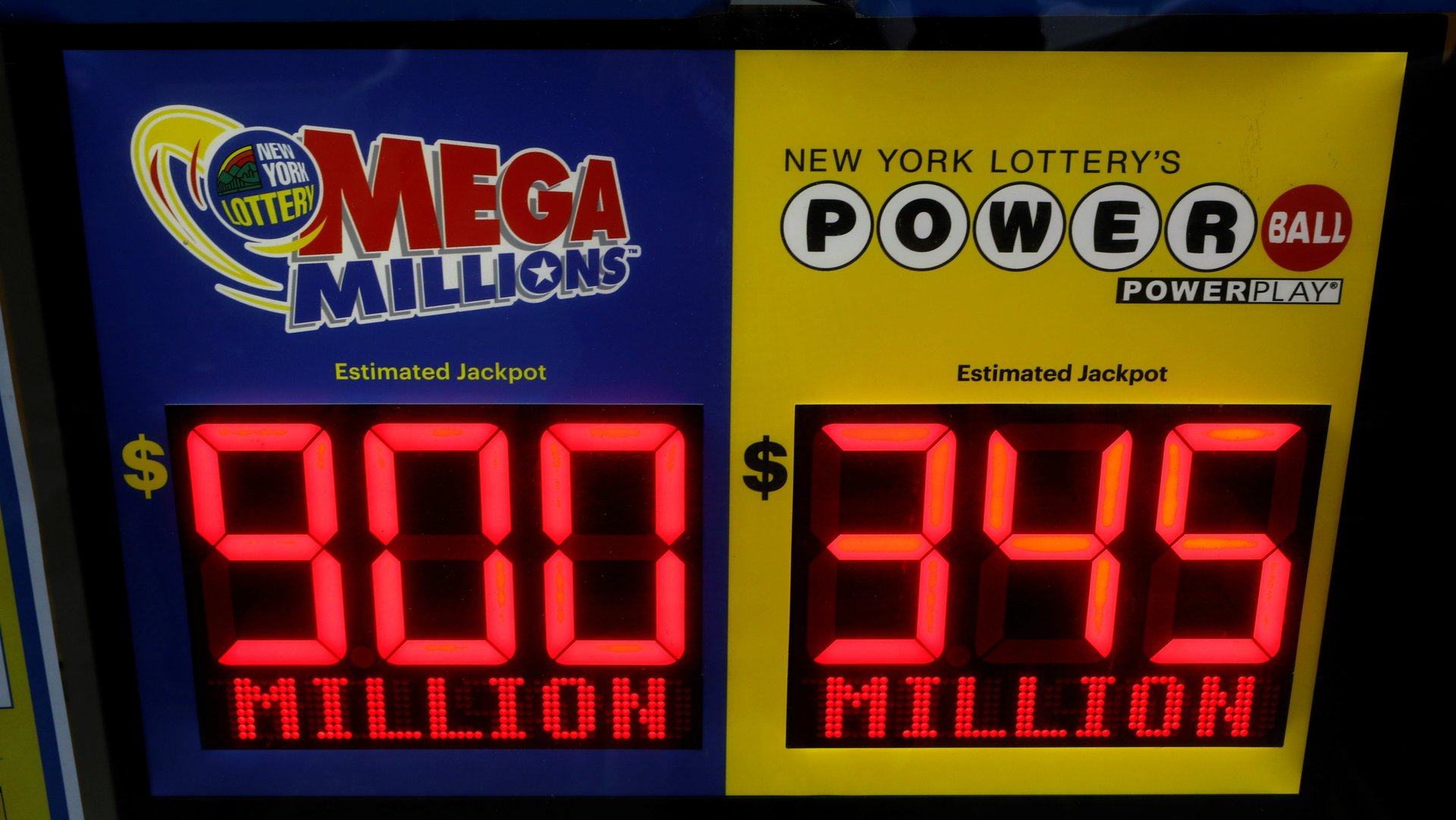This article is proof that the Mega Millions plan worked
Americans have lottery fever. They were intentionally infected.


Americans have lottery fever. They were intentionally infected.
The jackpots for the two biggest lottery games in the US are sky high. Today (Oct. 19), the jackpot for Mega Millions is a record $970 million—the second highest prize of all time in the US. For Powerball, tomorrow’s jackpot is $430 million—also among the 20 biggest jackpots ever.
The huge numbers are a result of rule changes both games made to juice the biggest jackpots. In 2015, Powerball, a lottery game that can be played in most US states, modified its game so that the chances of winning the jackpot went from about 1 in 175 million to 1 in 292 million. At the same time, Powerball made it more likely that participants could win small prizes. This had the effect of making enormous jackpots far more likely.
In October 2017, Mega Millions—played in 44 states plus the District of Columbia and the US Virgin Islands—followed suit, changing the chances of winning its jackpot from 1 in 259 million to 1 in 303 million.
The changes were made in order to make the game more popular, as sales slump when there are fewer big jackpots. Eye-popping potential payouts bring more attention to the game (this article is an example) and attract “jackpot chasers” that wouldn’t normally play.
If the lottery is constantly hitting new highs, will the interest sustain? It’s tough to say. Record amounts will probably begin to feel more normal, and may lead to less interest from the casual player. Though it’s also possible the mouth- watering numbers will continue to attract new fans.